Knives have been an essential tool for humanity since the dawn of civilization. From aiding in survival to expressing craftsmanship, knives have evolved into art forms and practical implements. However, with the vast array of knives available, it’s easy to encounter myths and misconceptions that can mislead both novice and experienced users. In this article, we delve into common knife myths and misconceptions, shedding light on the truth to enhance your understanding, particularly of Hunting Knives.
Myth 1: All Knives Are the Same
This is perhaps the most common myth surrounding knives. Many people believe that any knife can perform any task, but this is far from the truth. Different knives are designed for different purposes. A chef's knife is ideal for dicing vegetables, while Hunting Knives are tailored for gutting and skinning game. Understanding which knife to use for specific tasks is crucial for optimal performance and safety.
The Importance of Design
The design of a knife influences its functionality. For example, the blade shape, length, and material all play significant roles in how a knife performs. A hunting knife typically has a curved belly for slicing, while a paring knife features a precise tip for intricate cutting tasks. By recognizing the importance of each knife's design, you can improve your skill in the kitchen or the field.
Myth 2: A Sharper Knife is a Dangerous Knife
Many people believe that the sharper a knife is, the more dangerous it becomes. In reality, a sharp knife is safer than a dull one. Sharp edges require less force for cutting, making it easier to control. On the other hand, a dull knife can slip off the material and cause accidental injuries.
Staying Safe While Cutting
Using a sharp knife can reduce the chances of accidents. Here are a few tips for safely using knives:
- Always cut away from your body.
- Use a stable cutting surface.
- Keep your knives sharp.
- Use the right knife for the task.
Myth 3: Expensive Knives Are Always Better
While it is true that some high-end knives offer exceptional performance and durability, it doesn't mean that all expensive knives are better than their budget counterparts. The efficacy of a knife ultimately depends on how well it fits your needs and preferences.
Understanding Your Needs
Before purchasing a knife, it's essential to consider what you’ll use it for. For instance, Hunting Knives may require specific features such as a fixed blade and a full tang for stability. Assessing your requirements can lead to a practical choice that satisfies your needs without breaking the bank.
Myth 4: You Don’t Need to Maintain Your Knives
Knives demand regular maintenance, and neglecting this can lead to poor performance and an increased risk of injuries. Maintenance includes cleaning, sharpening, and proper storage. It’s important to debunk the myth that knives can be left untended.
Essential Knife Maintenance Tips
To keep your knives in optimal condition, follow these guidelines:
- Clean your knife immediately after use to prevent corrosion.
- Sharpen your knife regularly, using tools like whetstones or honing rods.
- Store your knives properly—preferably in a knife block or magnetic strip.
Myth 5: A Knife Is Just a Knife
Many individuals fail to recognize the artistry and technique involved in knife making. Knives are not simply tools; they encompass a rich history and culture. Each knife bears the fingerprint of its maker— from the materials chosen to the crafting techniques used.
Appreciating the Craftsmanship
When investing in Hunting Knives or kitchen tools, you’re not merely purchasing a utensil; you’re acquiring a piece of artistry. Understand the materials, processes, and traditions behind the knives you buy, and you’ll appreciate their value even more.
Myth 6: You Can’t Use a Good Knife for Multiple Tasks
While design dictates the best uses for specific knives, it is indeed possible to use a well-designed knife for multiple tasks. For instance, a versatile chef's knife can handle anything from chopping herbs to slicing meat, while a quality Hunting Knife can be used for both outdoor slicing and food prep if needed.
Versatility in Knife Usage
When selecting a knife, consider how you can utilize it in various situations. This practical approach can save you money and space in your kitchen or hunting kit. Here are some versatile knives you might consider:
- Multi-purpose chef's knives
- Craft knives that allow for precise cutting
- Fixed-blade Hunting Knives with multiple applications
Myth 7: All Knives Are Made Equal
Not all knife brands or types are created equal. Techniques, materials, and craftsmanship vary widely across different manufacturers. Cheaper knives may be mass-produced with subpar materials, while artisanal knives offer meticulous attention to detail.
Choosing Quality Over Quantity
When investing in a knife, especially a Hunting Knife, prioritize quality. Look for reputable brands known for their commitment to quality craftsmanship. Research online reviews and seek recommendations from other users to ensure you’re making an informed decision.
Myth 8: Knives Are Only for the Food Industry
Many people confine the image of knives to culinary contexts, but knives serve various purposes beyond the kitchen. From outdoor survival scenarios to crafting projects and even self-defense, the applications for knives are extensive.
The Multifaceted Uses of Knives
Here are some common uses for knives outside of cooking:
- Camping and outdoor activities
- Crafting and DIY projects
- Fishing and hunting activities
Myth 9: You Should Always Store Knives in a Drawer
Storing knives in a drawer is one of the fastest ways to dull the blades and create potential safety hazards. Knives in a drawer can bump against each other, leading to nicks and scratches that affect their performance.
Optimal Knife Storage Solutions
Store knives in ways that protect their edges and maintain safety:
- Knife blocks
- Magnetic strips on walls or countertops
- Knife sheaths for outdoor knives
Myth 10: Only Chefs Know How to Use Knives Correctly
While chefs are indeed trained in knife skills, anyone can learn how to use knives effectively and safely. Access to the right resources can empower anyone to develop their skills with a knife.
Self-Education and Practice
Consider the following approaches to improve your knife skills:
- Watch tutorial videos on YouTube.
- Attend local workshops or classes focused on knife skills.
- Practice regularly on various materials to build confidence.
Final Thoughts: Cut Through the Noise!
Understanding the realities behind knife myths empowers you as both a user and a consumer. From appreciating the unique characteristics of Hunting Knives to realizing the importance of maintenance, demystifying common misconceptions enhances your overall knife experience. Equip yourself with knowledge to make informed decisions when selecting and using knives, ensuring you maximize both safety and efficiency. Next time you reach for a knife, remember that knowing the facts can lead to sharper skills and better usage!








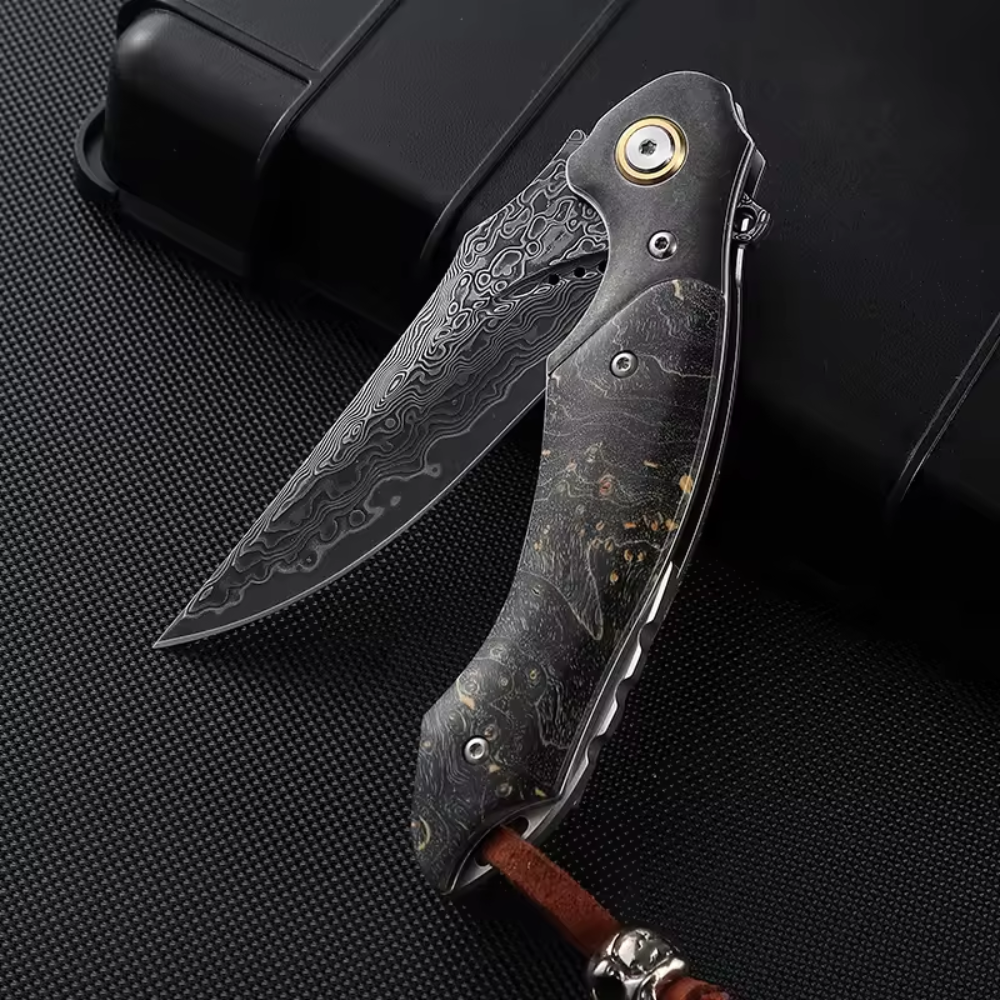
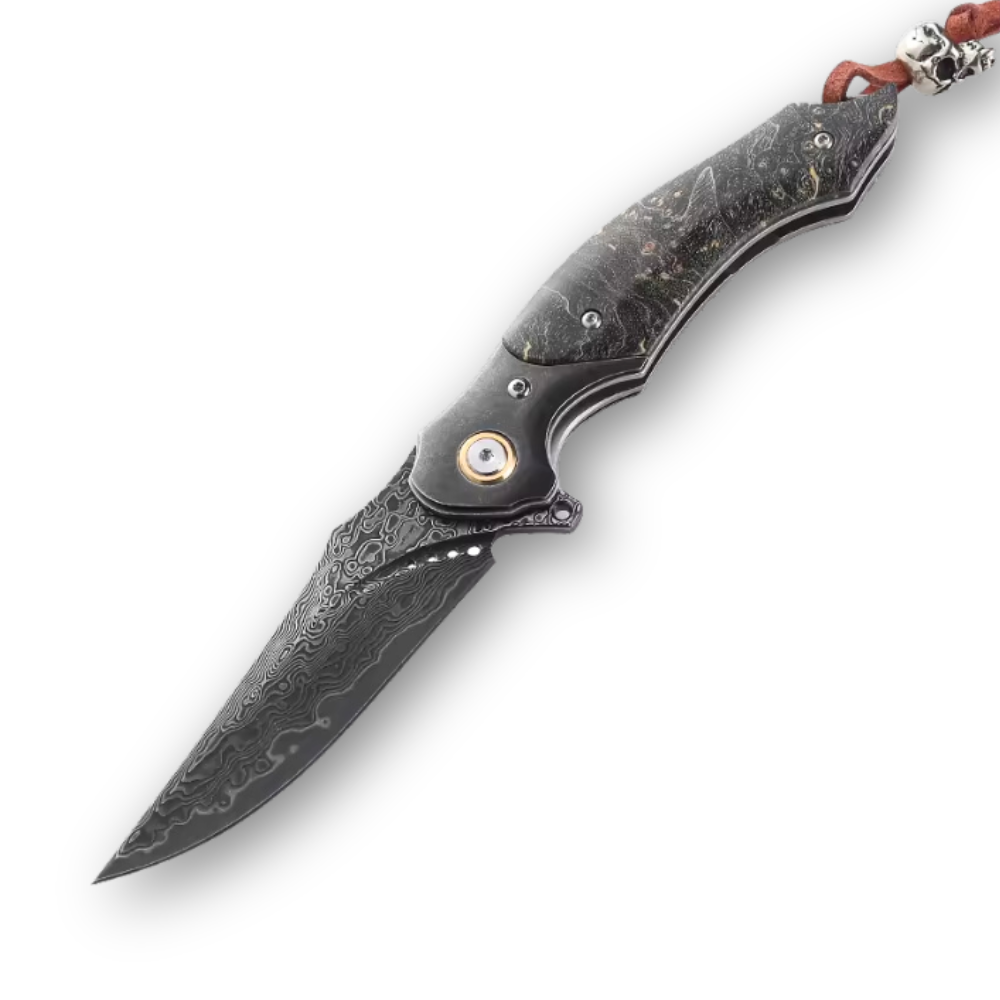
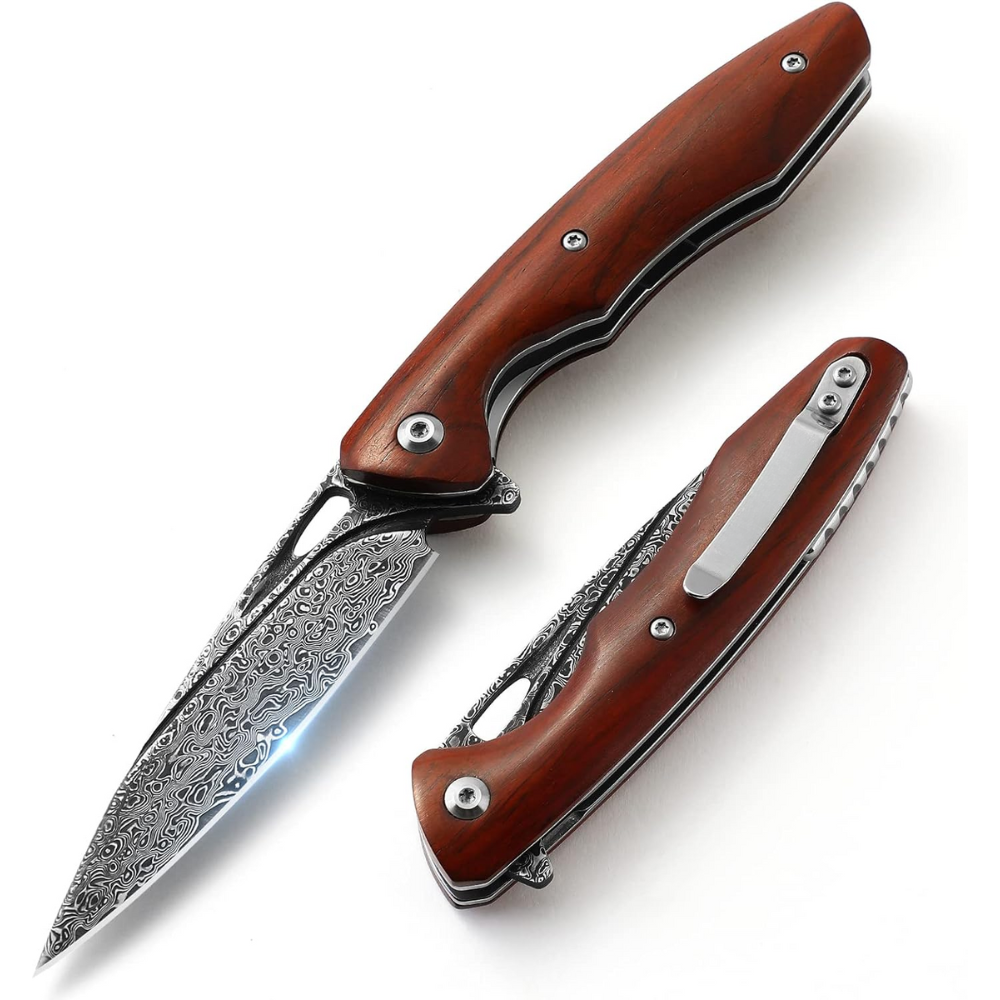
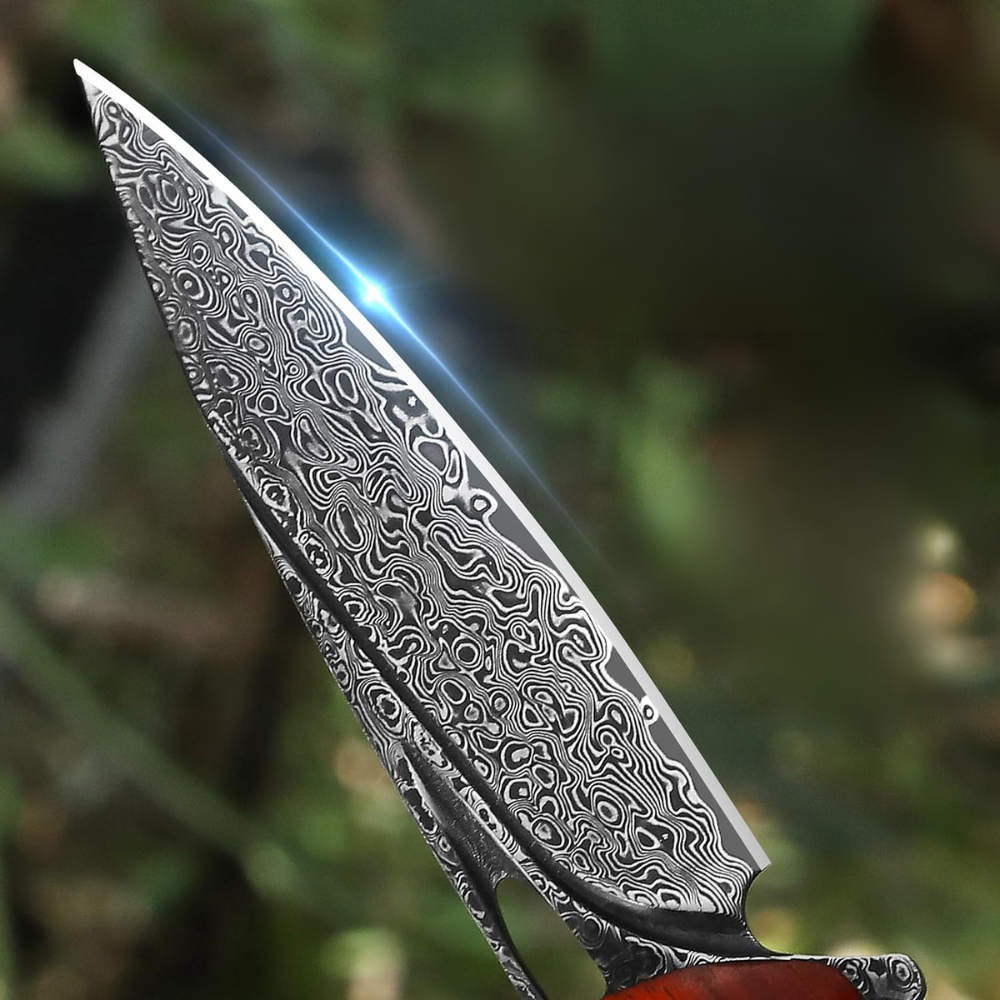








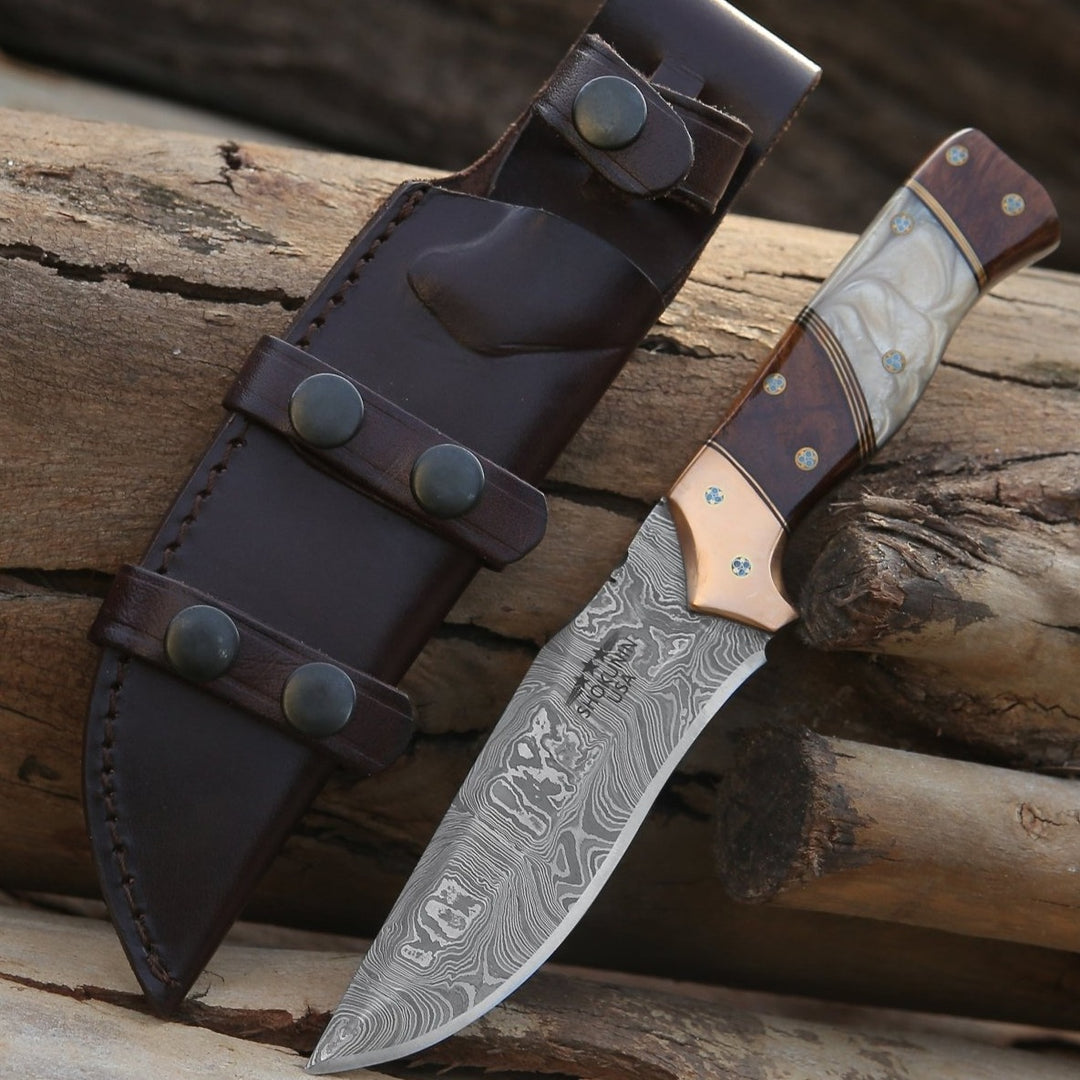
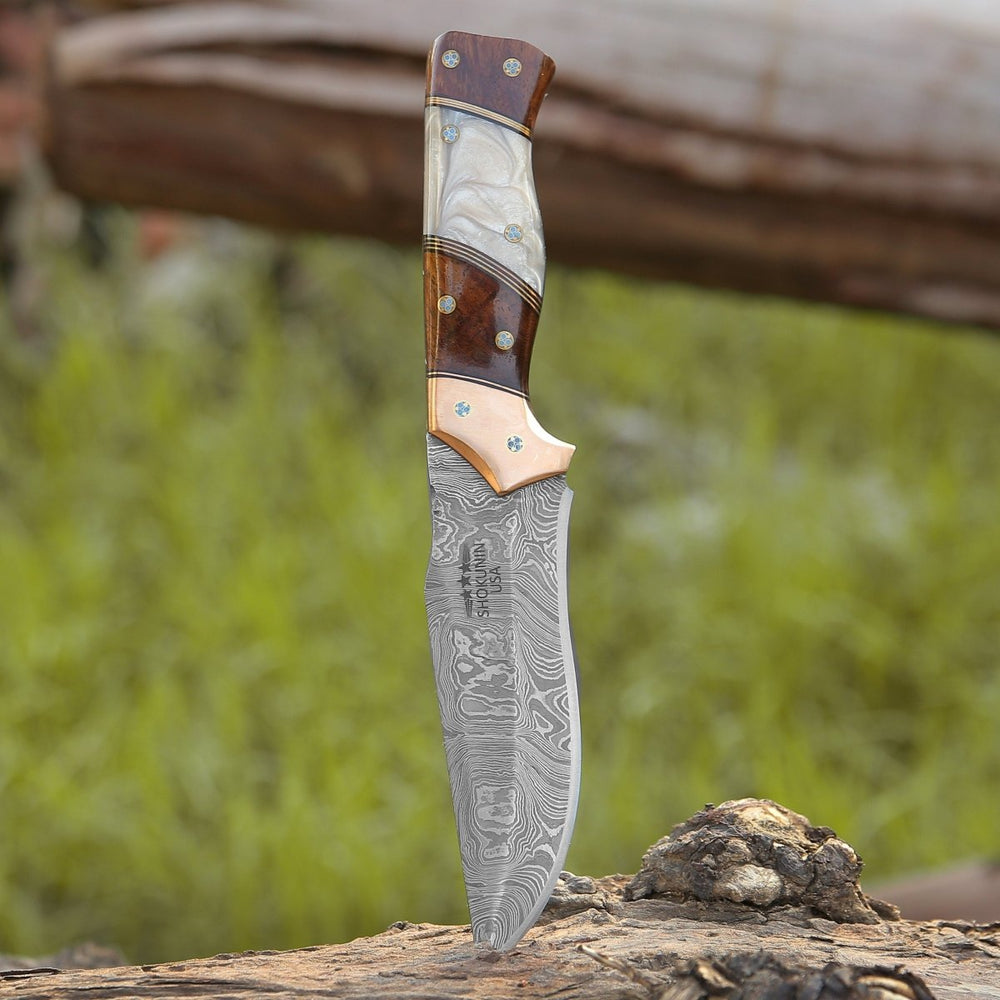


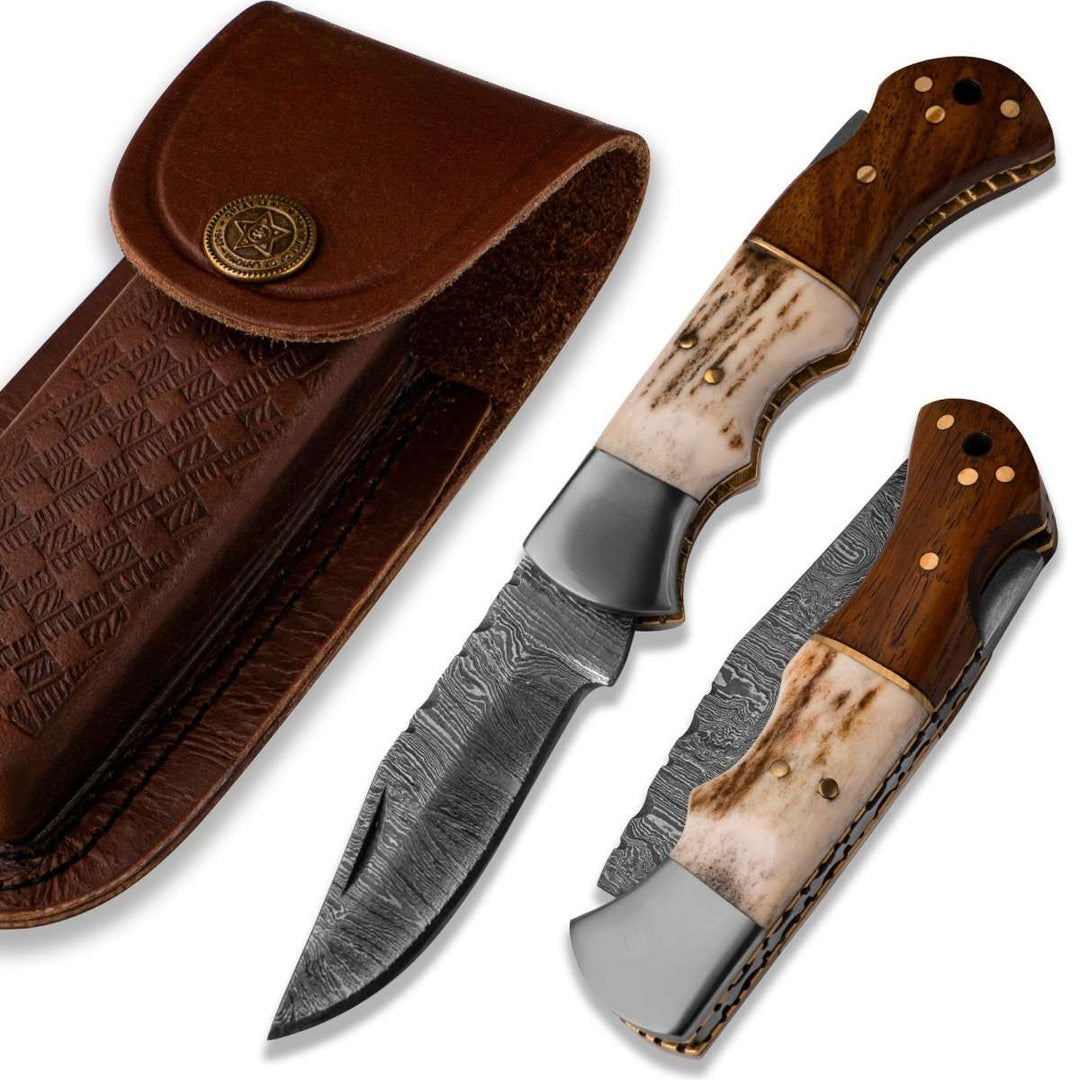
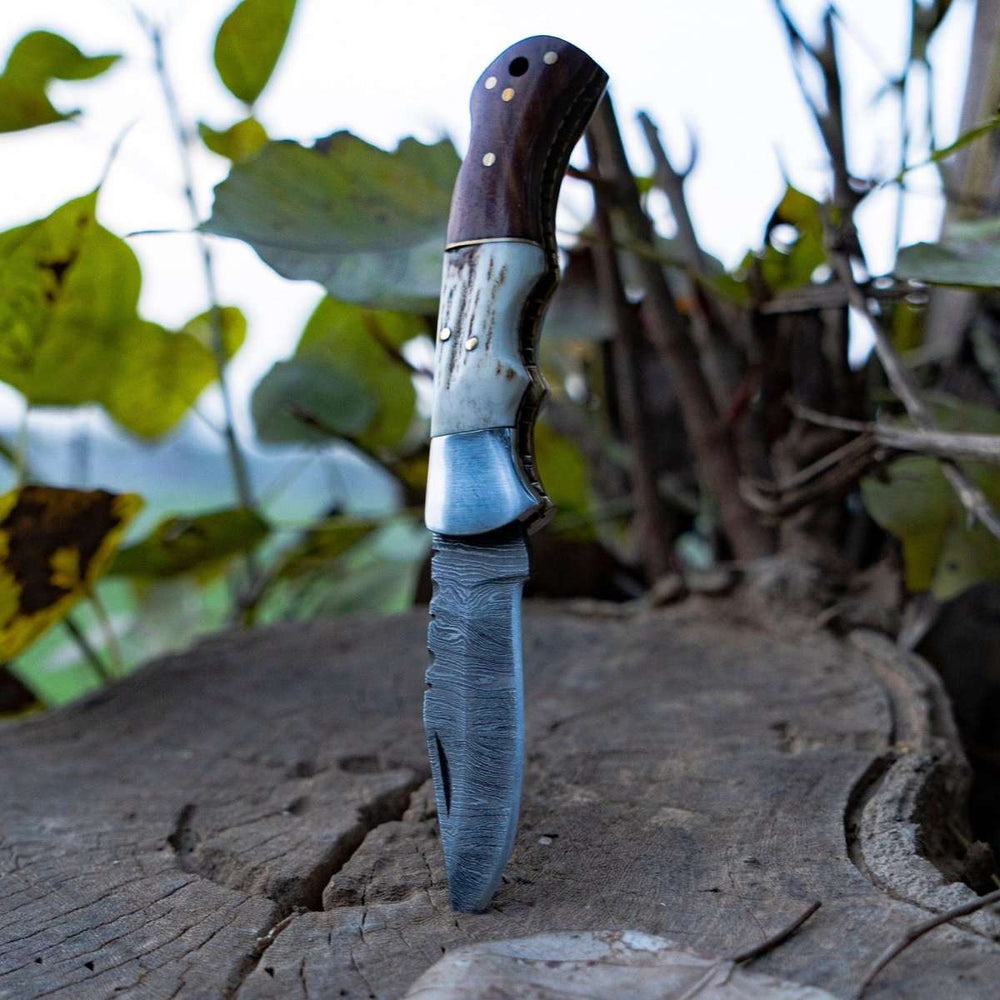




Leave a comment